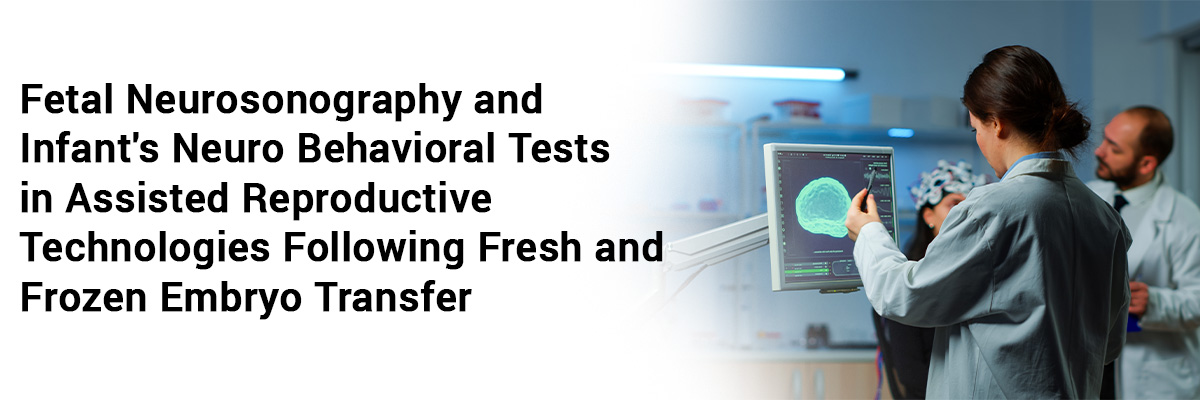
 IJCP Editorial Team
IJCP Editorial Team
Fetal neurosonography and infant's neurobehavioral tests in assisted reproductive technologies following fresh and frozen embryo transfer
A prospective cohort study explored and compared fetal neurosonography and infant neurobehavioral tests in spontaneously conceived (SC) and in vitro fertilization (IVF) offspring.
210 singleton pregnancies including 70 SC pregnancies, 70 conceived by IVF following frozen embryo transfer (ET) and 70 after fresh ET were included for the study. Cortical development and corpus callosum length were assessed using fetal neurosonography at 32±2 weeks, whose measurements were normalized by biparietal or occipitofrontal diameters. Further, Ages & Stages Questionnaires (ASQ) was acquired postnatally, at 12±1 months of corrected age. Comparisons were adjusted for maternal age, ethnicity, nulliparity, offspring′s gender, weight centile, age at evaluation, and for the ASQ, breastfeeding, and maternal study level and employment status.
The following observations were made-
- Contrasting SC fetuses, the IVF populations demonstrated differences in cortical development with reduced parieto-occipital (fresh ET mean 12.5 mm vs frozen ET13.4 vs SC 13.4), cingulate (fresh ET 5.8 vs frozen ET 6.0 vs SC 6.4) and calcarine (freshET 13.3 vs frozen ET 14.1 vs SC 16.1)sulci depth along with more subordinate Sylvian fissure grading.
- Cortical changes were more prominent in the fresh ET group than the frozen ET.
- Corpus callosum length was found to be markedly lower in the frozen ET (fresh ET 40.1 mm vs frozen ET 39.8 vs SC40.2).
- Lower ASQ scores were observed in the IVF infants, especially in the fresh ET group (global ASQ z-scores: fresh ET -0.3 vs frozen ET -0.2 vs SC 0).
Thus it was inferred that Fetuses and infants conceived by IVF, particularly fresh ET, exhibit a different pattern of cortical development with shorter corpus callosum associated with suboptimal infant neurodevelopment. These findings suggest in utero brain reorganization and necessitate follow-up studies to assess their long-term persistence.
Source- Ultrasound in Obstetrics & Gynecology 2021;58(1): 1 – 57.

IJCP Editorial Team
Comprising seasoned professionals and experts from the medical field, the IJCP editorial team is dedicated to delivering timely and accurate content and thriving to provide attention-grabbing information for the readers. What sets them apart are their diverse expertise, spanning academia, research, and clinical practice, and their dedication to upholding the highest standards of quality and integrity. With a wealth of experience and a commitment to excellence, the IJCP editorial team strives to provide valuable perspectives, the latest trends, and in-depth analyses across various medical domains, all in a way that keeps you interested and engaged.




















Please login to comment on this article